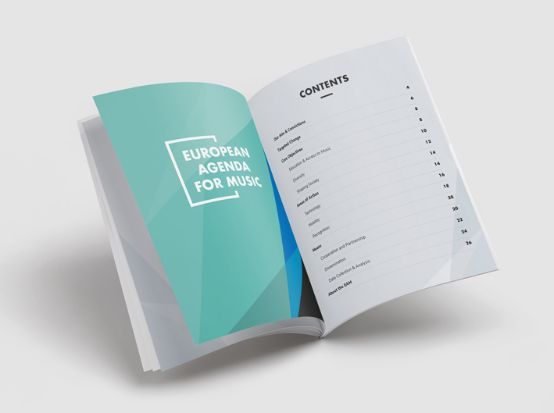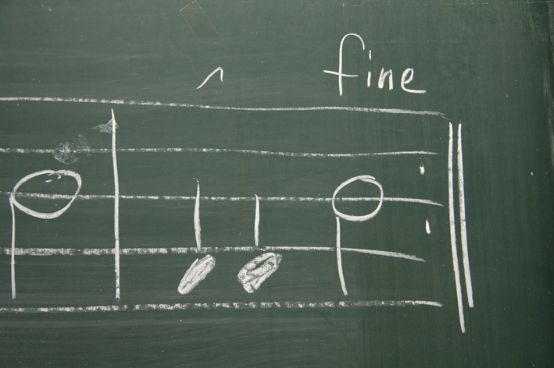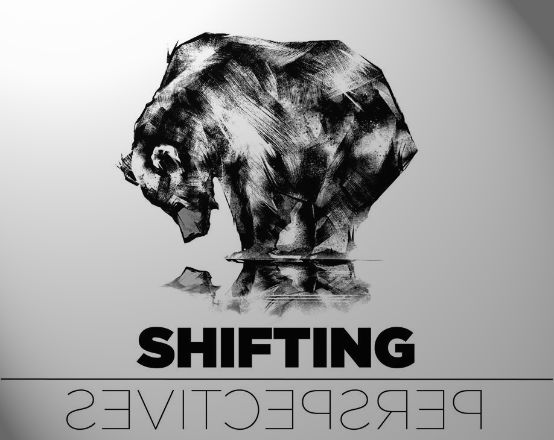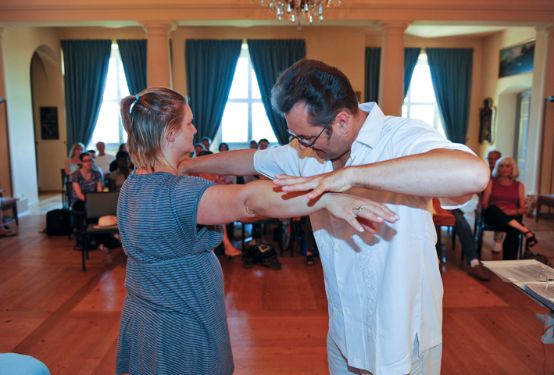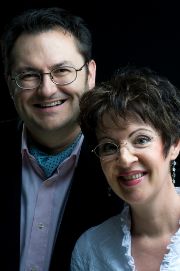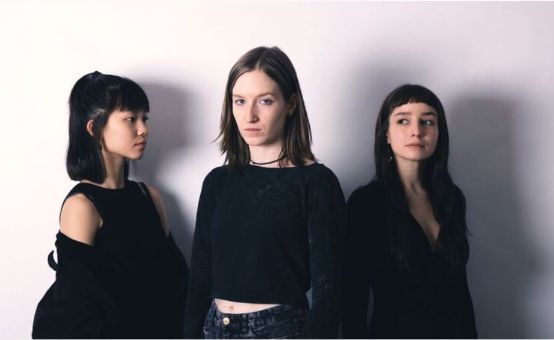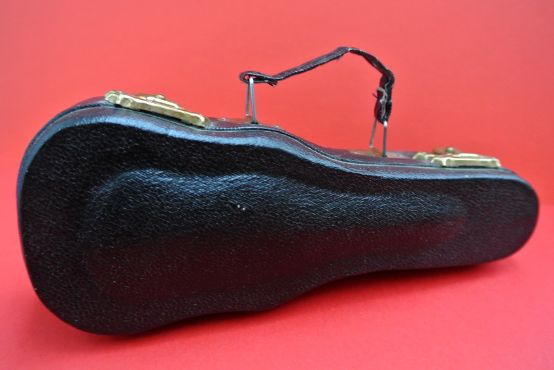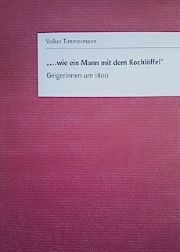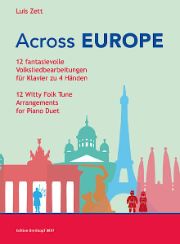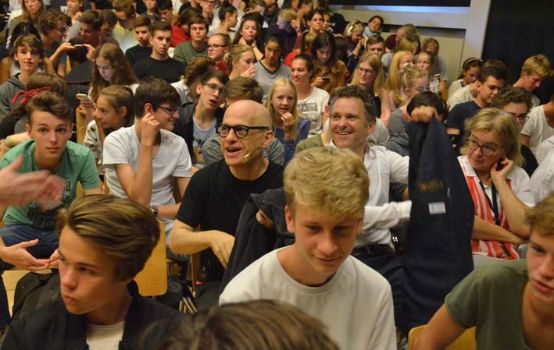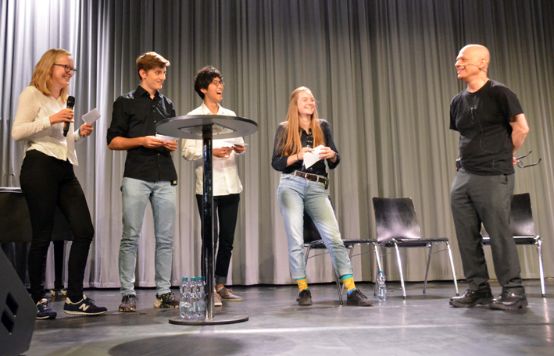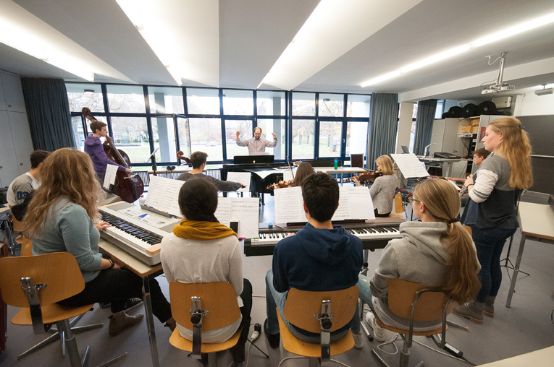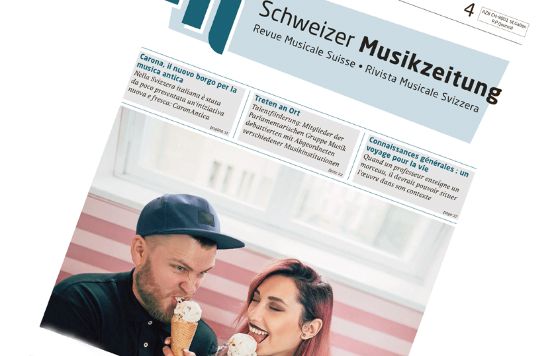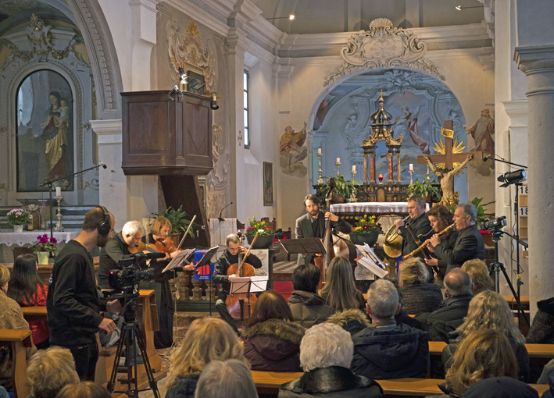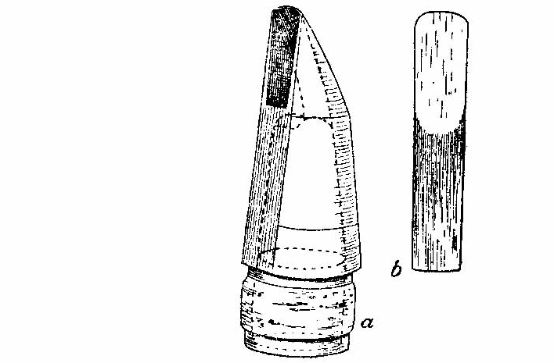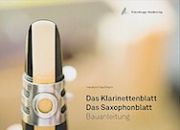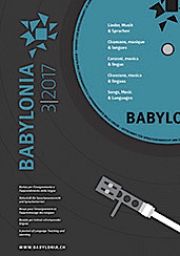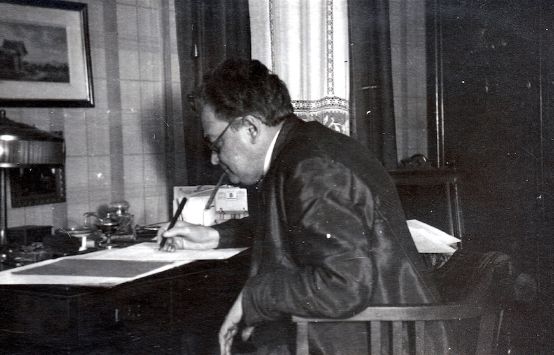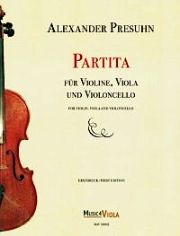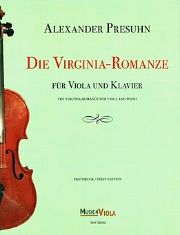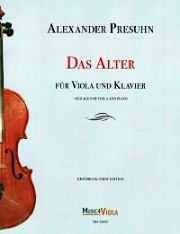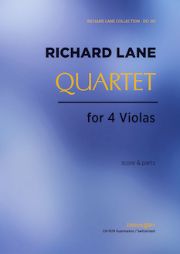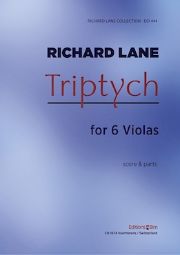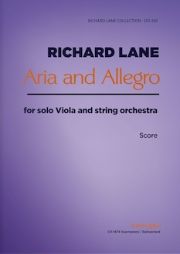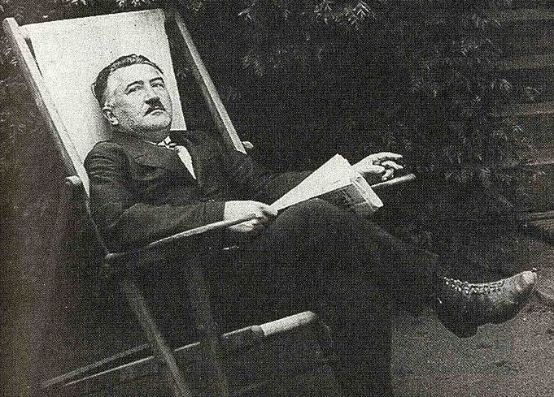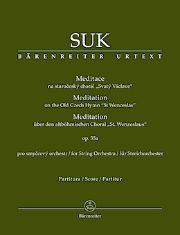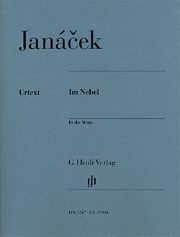In Italian-speaking Switzerland, which is already home to some important interpreters of baroque music, a new and refreshing initiative was recently presented: CaronAntica. It is dedicated to the early repertoire both on stage and in workshops. Supporters include Diego Fratelli, professor of early music performance practice at the Conservatoire of Italian-speaking Switzerland and the Scuola Civica in Milan, and the Ticino musician Giulia Genini, one of the most interesting Swiss interpreters of the younger generation, who has already worked with ensembles such as I Barocchisti, Il Giardino Armonico, the Accademia Bizantina and the Berlin Philharmonic. On the fringes of two concerts in February and March, in which protagonists of the caliber of Stefano Barneschi, Konstantin Timokhine, Mirjam Töws and Cristiano Contadin took part, we met Giulia Genini to find out more about the CaronAntica project.
Giulia Genini, over the decades many artists, and not just Ticino residents, have chosen Carona as their home. Why? What are the characteristic, perhaps even unique features of this village?
Carona is surrounded by unspoiled and magnificent nature, bathed in a golden Mediterranean light. The town combines the art and wisdom of our ancestors, who built it with a keen sense of harmony and beauty. The Middle Ages, Renaissance and Baroque have left their mark on the walls and streets. This makes Carona a kind of locus amoenusan ideal stimulus for reflection and artistic creation.
An important basis of your project is Casa Pantrovà: a place that many Swiss musicians know well, as it is made available to members of the Tonkünstlerverein as a residence on favorable terms. How would you describe Casa Pantrovà?
It is an ideal place to gather ideas, concentrate and create something new. Nestled in the countryside and on the edge of the historic village center, Casa Pantrovà offers the ideal seclusion for concentration. Nevertheless, the village is just a few steps away.
The CaronAntica presentation mentions a "dynamic concert concept". What does that mean?
Our concerts are conceived and prepared during longer stays of the artists in Carona. The musicians live in the village for a certain period of time and are inspired by the place: an initial dynamic lies in this idea of "osmosis". Then the whole of Carona is a great stage - the main square, the loggia, many beautiful old churches - and offers event spaces to explore. Finally, during the actual concerts we seek to get closer to the audience by means of presentations, commentaries and/or by placing the musicians in a special position in the room. The aim is to break with the traditional concert pattern, which usually physically separates audience and musicians instead of uniting them in a single emotional breath.
Your project focuses on early music. A difficult category to grasp. Is what was called "old music" thirty years ago the same as what we understand it to be today?
Early music is a completely natural repertoire and therefore fascinating and topical, because everything that contrasts with the detachment and artificiality of today's society is topical. What are the differences between early music from thirty years ago and today? I would say rediscovery and then development, deepening: CaronAntica encompasses the entire repertoire that can be performed with so-called original instruments and searches for the true voice of an era, be it that of the Middle Ages, the Renaissance, the Baroque, Classicism or Romanticism.
Her activity as a musician has developed and continues to develop, often in the most prestigious environments and both north and south of the Alps. Does the Germanic and Latin understanding of today's interpretation of ancient music differ in any way?
Of course there are differences, but I wouldn't turn them into a cliché based on latitude. Rather, they are a natural consequence of human diversity. I find it very fascinating to work with different personalities and discover a wide range of possibilities: I often find myself perceiving scores I've played from a completely new perspective, discovering previously unknown details and nuances.
What is the difference between planning a single program as a musician and designing an entire music festival as artistic director?
There are actually many similarities. What is concentrated on a one-hour performance in one case is extended over a longer period of time in the other, but the principle remains the same. The search is for a concrete or ideal connection, a common thread to thematize the musical discourse and to find the right balance between continuity and diversification. All of this forms a curve of intensity, a climax, always with the aim of meeting the highest demands.
